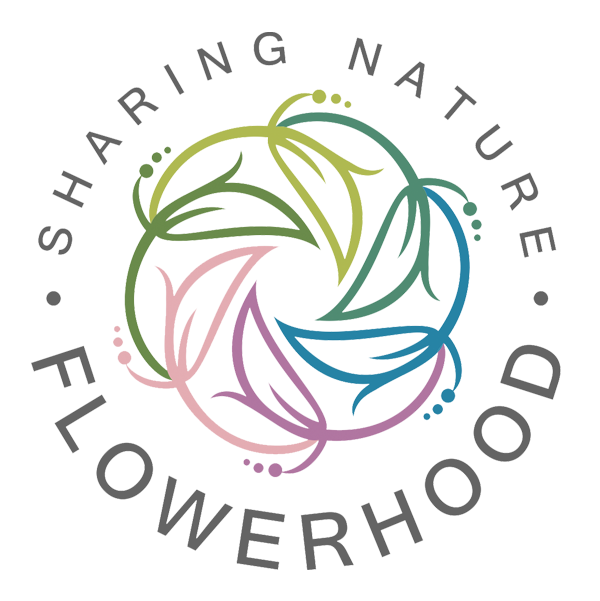One of the most exciting, delightful and economic experiences around plants is propogation. This is where you reproduce plants by growing their seeds you have gathered, or by taking cuttings from the plant, dividing the plant and grafting.
Each year you can produce new plants and fill garden beds, grow new vegetable plants, pot and give away as presents or sell on.



Seed propogation overview
Ornamental trees, shrubs, perennials, biennials, and annuals can all be raised from seeds. There is one thing you need to understand – a lot of the plants we buy today are hybrid meaning that one species has been crossed with another. What happens is when you plant the seeds they will not be true to your original plant.
You can buy Filial 1 seeds often referred to as ‘F1’. This means the ‘first children’. F1 plants retain the characteristics of the parent. If you are interested in this then try reading up about Gregor Mendel, an Austrian monk, who conducted a number of experiments with pea plants in 1856 & 1863 when he documented his work he called them ‘invisible factors’ traits that make something dominant or recessive. (we now know them as genes)
Heirloom
Generally we talk about fruit and vegetables grownand developed before 1951 as being heirloom. The seeds contain the characteristics of the original cultivar. They have nott been crossed with other cultivars to create a new variety. Some people swear that their heirloom tomatoes have far more flavour, colour, size and production than the newer hybrid varieties.
Seeds can be grown in a sterilised soil mix in trays or pots and for best results under glass, in a glasshouse or under shade cover depending what time of year. Containers myst be free draining. You want to make sure the soil does not dry out and avoid too cold a weather that might freeze the plant. There are some seeds like radishes that you can plant direct.
General rule of thumb is once the seed has two to four leaves appearing it is ready to be transplanted out. I like to take my trays and gradually expose them to the outside elements, so perhaps move the tray around the garden from shady to start with to harden the plants.
Layering
Certain plants can be propagated by layering. This is when you take a leaf and stem, still attached to the plant, make a small notch below a node. Bend the stem over and peg down the stem into the soil. Detach this from the main plant once you have seen that roots have formed. This can even be done with trees and shrubs like rhododendrons and magnolias. Also works for dianthus.
Cuttings
Cuttings is another way to increase your quantity of plants. It can be done by roots, or stem or leaves.
Leaf cuttings – this works best on plants with soft leaves like African violets, and rex begonianas. Take a leaf, make a small cut across the veins on the back then lay this flat on the soil (rooting medium). You can pop some small weights on it if needed – marbles and pebbles work well
Root cuttings – herbaceous perennials like phlox can be reproduced by taking 3-5cm long roots in late wintertime. and inserted into the soil (rooting medium). so you know the right way up cut the lower part of the root on an angle – this goes in the hole first and cut straight across the upper level
Division
Plants like strawberries produce runners. detach these from the main plant. Dahlias can be divided by separating root portions. Potatoes are grown from tubers . A lot of your spring bulbs can be divided up and each mature bulb planted out on its own
